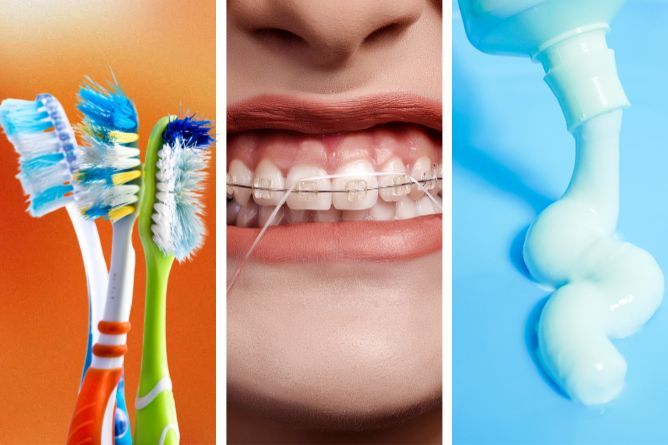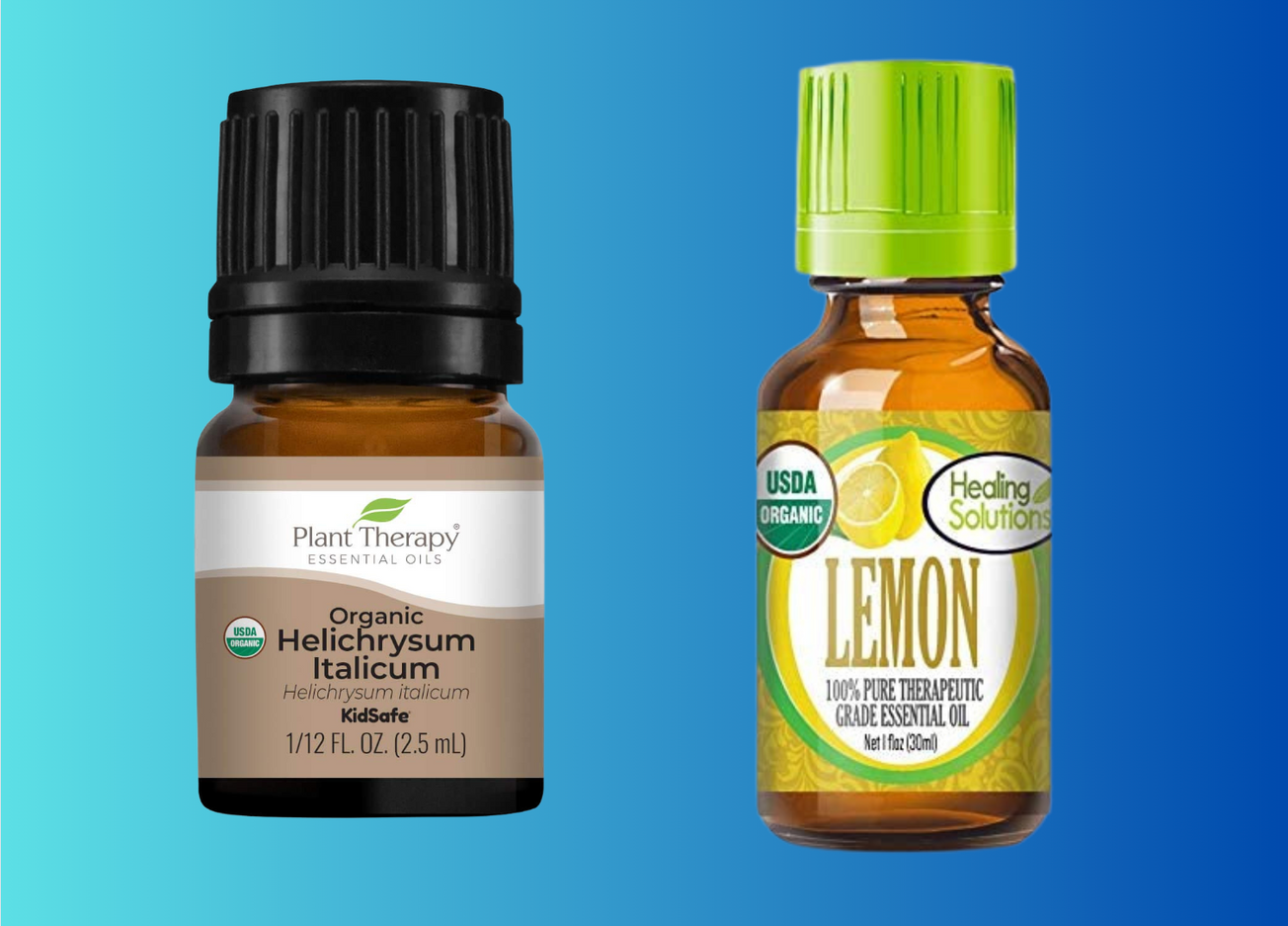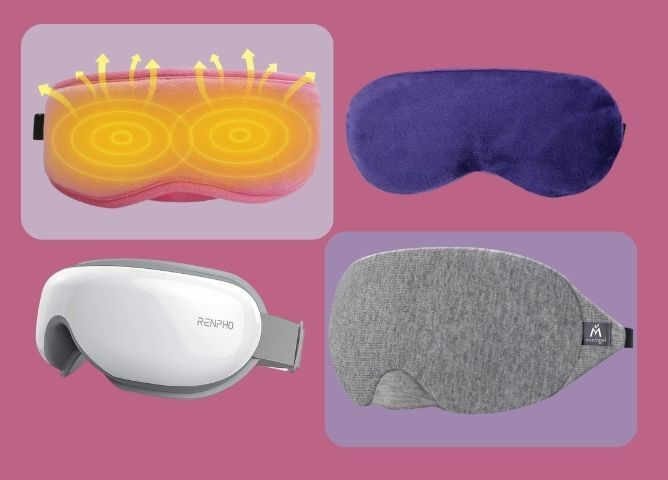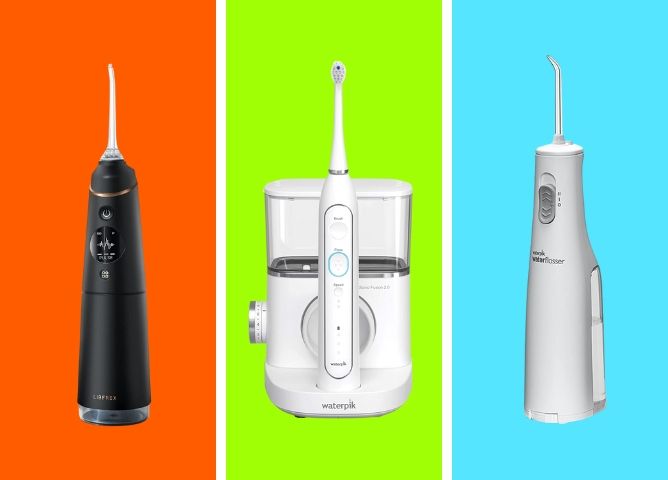In This Article
This post may contain affiliate links, please see our privacy policy for details.
Having a Hollywood smile is an enviable asset. A beautiful, bright smile can make you more confident when meeting new people or speaking in front of a crowd. It can also create a great first impression and give you that movie star-like glow. Aside from the obvious aesthetic benefits, having a Hollywood smile means taking better care of your oral health and reducing the risk of periodontal diseases like gingivitis. With proper brushing, flossing, and regular dental visits, you can achieve the perfect pearly whites for optimal oral health.
Common Mistakes Keeping You From Achieving That Goal
Many people don’t realize the small details that can get in the way of achieving a perfect Hollywood smile. Some common mistakes include brushing too hard, not flossing regularly or correctly, not replacing your toothbrush every three months, using non-ADA-approved products, and ignoring gum health. All these missteps can lead to discolored teeth, cavities, and other dental issues that prevent you from having a beautiful smile. By taking the time to understand how to properly care for your teeth and gums, you can make sure that you’re on track for a healthy Hollywood smile.
Mistake #1 – Brushing Too Hard
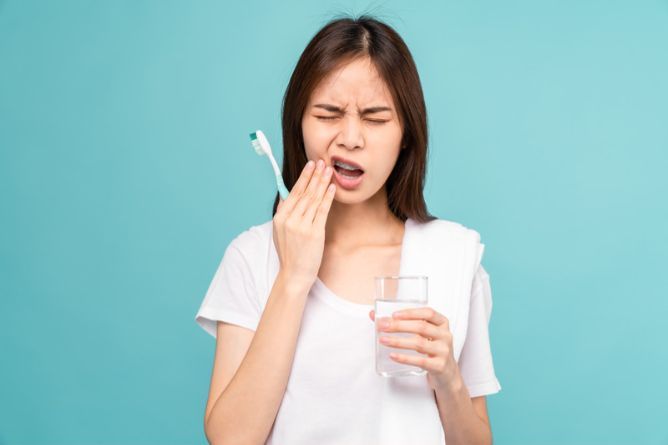
Brushing your teeth too hard is one of the most common mistakes that stops people from achieving their dream of a Hollywood smile. Hard brushing can cause damage to the enamel, which can lead to discoloration and sensitivity. Additionally, it causes gum recession, making your teeth look longer and less appealing. It’s important to use gentle strokes when brushing and follow the appropriate advice from your dentist on how to brush correctly in order to maintain optimal oral health and get you one step closer to that perfect Hollywood smile.
How Can You Tell if You’re Brushing Too Hard?
Knowing whether you are brushing your teeth too hard is important for maintaining good oral health and achieving that Hollywood smile. The most common signs of brushing too hard are visible wear on the enamel, sensitive teeth, receding gums, sensitivity when consuming hot or cold foods, and discoloration. If you experience any of these indicators, it’s time to switch up your technique and be more mindful of the amount of force you use when brushing. Ask your dentist for advice on how to adjust your brushing style in order to take care of your teeth properly and reach that perfect smile.
The Negative Effects of Brushing Too Hard
Brushing your teeth too hard can have a drastic negative effect on your oral hygiene. Over-brushing can cause enamel erosion, gum recession, loss of tooth structure, and increased sensitivity to hot or cold foods. In addition to these short-term repercussions, over time this type of brushing can lead to discoloration of the teeth as well as much more serious health problems such as periodontal disease and cavities. It’s important to be mindful when it comes to brushing your teeth and use gentle strokes in order to avoid any potential issues with your oral health down the line.
How to Properly Brush Your Teeth
Proper brushing is essential for maintaining good oral health. When it comes to brushing your teeth, it’s important to use a soft-bristled toothbrush and gentle strokes in order to avoid any potential wear or damage to the enamel. Move the brush in small circles on each tooth for about two minutes, making sure to reach all surfaces of each one. Focus on areas that are exposed to more food debris such as grooves, pits, and fissures. Lastly, remember to replace your toothbrush every three months or when you see visible signs of wear.
Mistake #2 – Not Flossing Regularly or Properly

One of the biggest oral health mistakes people make is not flossing regularly or properly. Not only does this increase your chances of developing cavities and gum disease, but food particles that are not removed by brushing can get stuck in between your teeth. To floss properly, use a piece of dental floss about 18 inches long and pinch it to get a firm hold. Gently guide it between your teeth in a zigzag motion, avoiding any jerking or sawing movements. Remember to rinse after you’re done in order to remove any remaining debris!
What Are the Benefits of Flossing?
Flossing is an essential part of any good oral hygiene routine. It helps to remove plaque and food debris that may be between your teeth or along the gumline, reducing the risk of cavities or gum disease. Additionally, flossing can help to freshen your breath by removing bacteria that can cause bad breath. Regular flossing also improves blood circulation in your gums, promoting healthy tissue growth and fighting infection. Finally, flossing helps to keep your smile looking its best by keeping your pearly whites nice and white!
How to Floss Properly and Effectively
Flossing is an important part of maintaining good oral hygiene and should be done at least once a day. To floss properly and effectively, start with 18 inches of dental floss and pinch it to get a firm hold. Then, gently guide the floss between your teeth in a zigzag motion. Avoid sawing or jerking motions as this could cause damage to your gums. Once you finish, rinse with water to remove any remaining debris from between your teeth. With regular flossing, you can significantly reduce the risk of tooth decay and gum disease!
Why Flossing is Essential To Reach Your Hollywood Smile Goals
Flossing is an essential step for reaching your Hollywood smile goals. Not only does regular flossing help to remove plaque, food debris, and bacteria from between your teeth, it also promotes healthy tissue growth and circulation in your gums. Additionally, flossing helps to keep your teeth looking their whitest by preventing staining from leftover food particles. With consistent care and dedication, you can achieve the luminous smile of your dreams!
Mistake #3 - Not Replacing Your Toothbrush Regularly Enough
One of the biggest mistakes people make when it comes to oral hygiene is not replacing their toothbrushes often enough. Toothbrushes should be replaced every three to four months in order to maintain optimal effectiveness and cleanliness. Not replacing a toothbrush regularly enough can lead to worn-out bristles, which may not be able to effectively remove plaque or food particles. Additionally, using an old toothbrush increases your risk of harboring bacteria on it, making the use of a toothbrush much less hygienic over time.

The Signs that It’s Time for a New Brush Head
One of the key signs that it’s time to replace your brush head is when the bristles start to bend or fray, as this indicates that they have been worn down and won’t be able to effectively clean your teeth and gums anymore. If there are any discolorations, residues or buildups still on the bristles even after cleaning with toothpaste, it may be a sign that the brush has become less effective. Finally, if you notice an unpleasant odor coming from your brush head, then it's definitely time for a replacement!
How Often Should You Replace your Brush Head? C. Benefits of Using a Fresh Toothbrush
For optimal effectiveness and hygiene, it is recommended that you replace your brush head every three to four months. This ensures that the bristles are able to properly clean and remove plaque, as well as prevent bacteria from building up on the brush head. Replacing your toothbrush regularly also has other benefits - like providing a more pleasant brushing experience due to its freshness! With a new brush head, you can enjoy brushing without worrying about any negative effects of using an old toothbrush.
Mistake #4 – Using Non-ADA Approved Products

One of the biggest mistakes you can make when it comes to your oral hygiene is using products that are not approved by the American Dental Association (ADA). Non-ADA approved products may contain ingredients that can cause irritation or even damage to the teeth and gums, and could potentially lead to long-term dental problems. It is important to check that any products you purchase have been approved by a credible authority, such as the ADA, so that you know they are safe for use.
What Products are ADA approved?
The American Dental Association (ADA) maintains a list of products that have been approved for use in oral care. These products are tested to meet the highest standards for safety and efficacy and include toothbrushes, floss, toothpaste, mouthwashes, and other dental hygiene products. In addition to providing assurance that these products are safe to use, ADA approval also means that they are more likely to be effective in helping to maintain optimal oral health.
Brands to Avoid When Looking for Good Quality Products
When looking for good quality oral care products, it is important to choose brands that have been approved by the American Dental Association (ADA). Steer clear of brands that are not ADA-approved, as these may contain ingredients that could potentially harm your teeth and gums. Additionally, many products from non-reputable companies may not work as promised or be safe to use. It is best to do some research and make sure you are purchasing a product from a reputable brand with ADA approval before making any purchases.
Tips On Choosing the Right Product for Getting a Hollywood Smile
Achieving a Hollywood smile can be difficult to do without the right products. When choosing oral care products, there are some tips to keep in mind to ensure you are getting the best results. Firstly, look for products that have been approved by the American Dental Association (ADA). Secondly, opt for products specifically designed to whiten teeth and remove plaque. Finally, make sure the product is designed for use on your specific type of teeth; not all toothpastes are suitable for everyone’s needs. With these tips, you should be able to find the perfect product to achieve a Hollywood-style smile.
Mistake #5 – Ignoring Gum Health
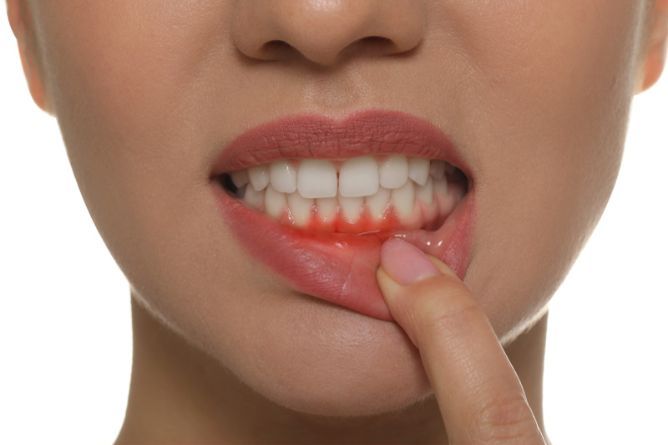
Poor gum health can lead to significant issues, making it an important preventative measure when it comes to oral care. Unfortunately, many people make the mistake of ignoring their gums when caring for their teeth. Not brushing and flossing regularly, failing to use an antiseptic mouthwash, skipping regular dental exams, and not eating a balanced diet are all common mistakes that contribute to poor gum health. Taking the time to pay close attention to your gums is essential in maintaining good dental hygiene.
Types of Gum Disease That Affect Oral Health
Gum disease can affect oral health in a variety of ways, with common types including gingivitis and periodontal disease. Gingivitis is an inflammation of the gum line that can be caused by poor hygiene or certain medical conditions. Periodontal disease, on the other hand, is a more aggressive form of infection that is caused by an accumulation of plaque and bacteria. Even though these conditions have different causes, their effects are typically similar – resulting in tooth loss, receding gums, and bad breath. To prevent gum disease from developing and causing long-term damage to your teeth and gums, it's essential to practice good dental hygiene habits at all times.
Symptoms Of Periodontal Disease
Periodontal disease can lead to serious damage if left untreated, so it's important to be aware of the symptoms. Common signs of this condition include persistent bad breath, swollen and tender gums, receding gums, a space developing between teeth and the gums, loose teeth, and bleeding while brushing or flossing. If you experience any of these issues, it's important to seek professional help from your dentist as soon as possible in order to reduce the chances of long-term damage.
How To Maintain Healthy Gums
Taking proper care of your gums is an essential part of maintaining overall oral health. Brushing twice a day and flossing once a day are key; it is also important to limit sugary drinks and sticky candy. Regularly using an antiseptic mouthwash can help reduce bacteria that lead to gum disease. Additionally, seeing your dentist at least twice a year for cleanings and checkups helps monitor your gum health. By making regular dental appointments, you can catch issues early on and prevent them from escalating into serious problems.
Final Thoughts
There are several toothbrushing mistakes that should be avoided in order to maintain good oral hygiene. Brushing too hard can cause receding gums and enamel erosion while brushing too little can leave plaque buildup on the teeth.
Skipping flossing allows bacteria to thrive between teeth and gums, which can lead to infections and gum disease. For best results, use a soft-bristled brush, brush for two minutes twice a day, and floss daily using an up-and-down motion.
If you want to achieve a perfect smile, don't forget to take good care of your teeth. Brush and floss your teeth twice daily, use mouthwash to reduce bacteria and freshen your breath, avoid sugary drinks and snacks, and visit the dentist at least twice a year for regular checkups.
Additionally, consider making lifestyle changes like quitting tobacco products and drinking alcohol in moderation. By following these tips along with receiving regular care from a qualified dentist, you can have that shining smile you've always wanted!
Following these steps will help keep your mouth healthy and free from cavities and other dental problems.


